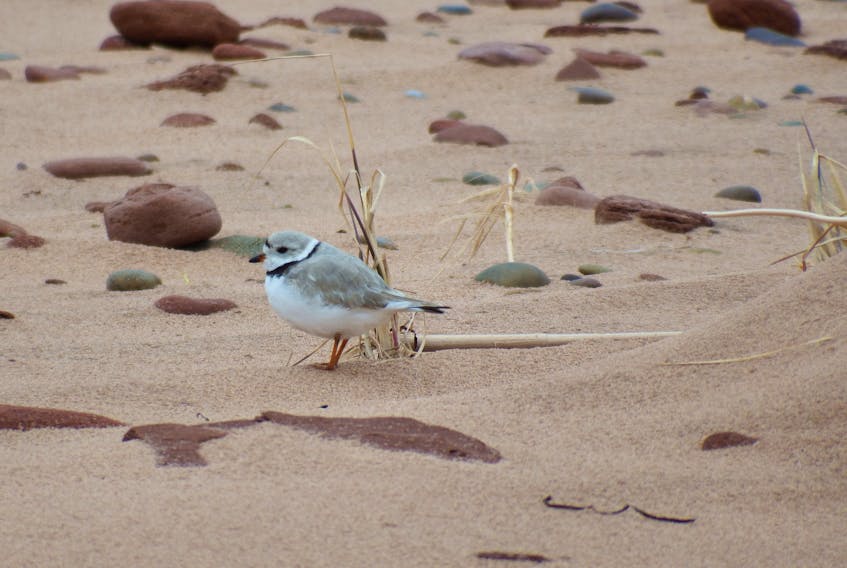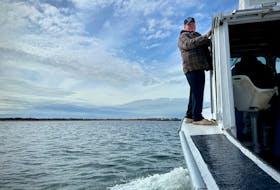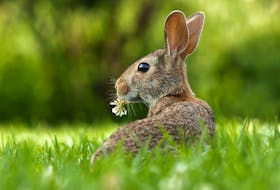What does the piping plover have in common with the greater sage-grouse, the greater prairie chicken and the striped bass?
Well, nothing yet. And, let’s keep it that way.
Those other species are extinct in Canada.
The piping plover isn’t there yet.
But it is on a global list with about a million other plants and animals that are at-risk of becoming extinct in the next 50 years, according to a United Nations report recently released.
The report paints a grim picture of the state of affairs with nature, which is “declining globally at rates unprecedented in human history” and the rate of species extinctions is “accelerating.”
Piping plovers are found on the east coast, mid-west and Great Lakes region. They’re shorebirds. They like to nest on a sandy beach or a rocky shore.
Nature Conservancy of Canada, the Island Nature Trust and Parks Canada are doing their part by managing land and helping preserve species at risk.
And, this isn’t the first time the shorebirds have found themselves on an at-risk for extinction list.
Like many of us on P.E.I., they’re beach bums. But that trait puts them, and their young, in harm’s way of careless humans and off-leash dogs. The chicks have been described as “oversized dust bunnies” and are vulnerable to predators until they learn how to fly, which is usually after four weeks.
The harm by humans isn’t intentional, at least let’s hope it isn’t. Hopefully, we’ve come a long way from older generations in the 19th century who hunted the tiny piping plovers for their feathers to decorate hats.
Even so, the Island Nature Trust has put up some ropes between posts to let beachgoers know that the area is off-limits.
Their numbers are declining – 274 nesting pairs in Atlantic Canada in 2002 down to 181 nesting pairs last year.
It’s human nature to get caught up in our own lives and forget about the world around us.
But in this case, we must do better. It is also our duty to preserve the planet for future generations.
And, birds like the piping plover have inherent value, and as such, are owed our respect. They are like the rest of us – part of a larger, interconnected and diverse world.
They’re quirky. They don’t ask much from us. Just to be left alone. We need to be more mindful of their habitat and steer clear so as not to destroy it.
If piping plovers become extinct, it won’t be long before the next species up the food chain is in peril.









